In Defence of the Toile: Three Reasons It’s Worth the Extra Step
I am impatient. It’s one of the few bad qualities I have that I don’t actually feel bad about. I’m a foot tapper, a lane changer and for my sins, the kind of sewist who would cut straight into the good fabric. And of course, if you’re the same, you’ll know the highs and lows that skipping the toile step can bring. Sometimes you get it exactly right. Sometimes you waste a lot of fabric and time and end up with something you’ll never wear. And while there are some adjustments you can make as you go, there are some, like a the wrong rise on a pair of trousers, that there’s no coming back from.
Finally, someone told me to buy some muslin and get into the habit of making a toile first. And since then, I’ve never looked back. Here’s why:
It allows you to invest in the fabric
So many of start out sewing with really cheap fabric and then wonder why we hate everything we make and would never be seen dead in it. I think the main reason we’re afraid to invest is because we’re afraid to get something wrong, to make a mistake, to waste that money. And in that situation making a toile allows you to practice where you need it and skip the finicky steps where you don’t. It ensures you’ll like the fit of the final piece and it means that when you finally do make that first cut, you’ll know you’ve done everything you can to make something that you’ll love and cherish for years to come. And if you mess it up, well, we all mess it up sometimes, but at least you know you tried!
It allows you to get that bespoke fit
I don’t know about you, but part of the reason I sew is because I wish I could afford more expensive clothing. And besides the fabric, the thing that really sets designer clothing apart from RTW is the attention on the fit. If you don’t believe me, go into a designer shop and try something on—you can feel the difference even without looking. (On a side note, I did a free styling session in a fancy department store when I was wedding dress shopping, where I tried on a bunch of very expensive evening dresses, and it was one of the most interesting experiences for understanding what couture level fit and construction looks like. I highly recommend you invent a reason and do it too.) The reality is, you can only get that special fit if you spend time getting it to fit right, and you can only get it right if you spend time making a toile first. I’ve had toiles where I haven’t changed a thing and toiles where the final pattern is almost unrecognisable. You have to expect you won’t always have needed one, but when you do, the difference makes all the other toiles worth it.
It allows you to make it your own
If you’re the kind of person who hacks a patten on the go, well, you’re a better sewist than I. For the rest of us, making a toile provides a safe creative space to see if you want to make any changes. I get to ask myself: Does it need a collar? Do I want to change the length, or adjust the volume of the sleeve? I spent a lot of time making patterns exactly as they were supposed to be made and it’s only recently I’ve discovered the joy of taking a moment to ask myself if there are any ways I want to make it uniquely mine. Again, I don’t always, but when I do, I’m always happy I did.
So there you go, there are three of my reasons to grab yourself some muslin or an old bedsheet and commit to the extra step, but I’d love to hear your thoughts on the humble toile too. Are you for or against and if so, what are your reasons?






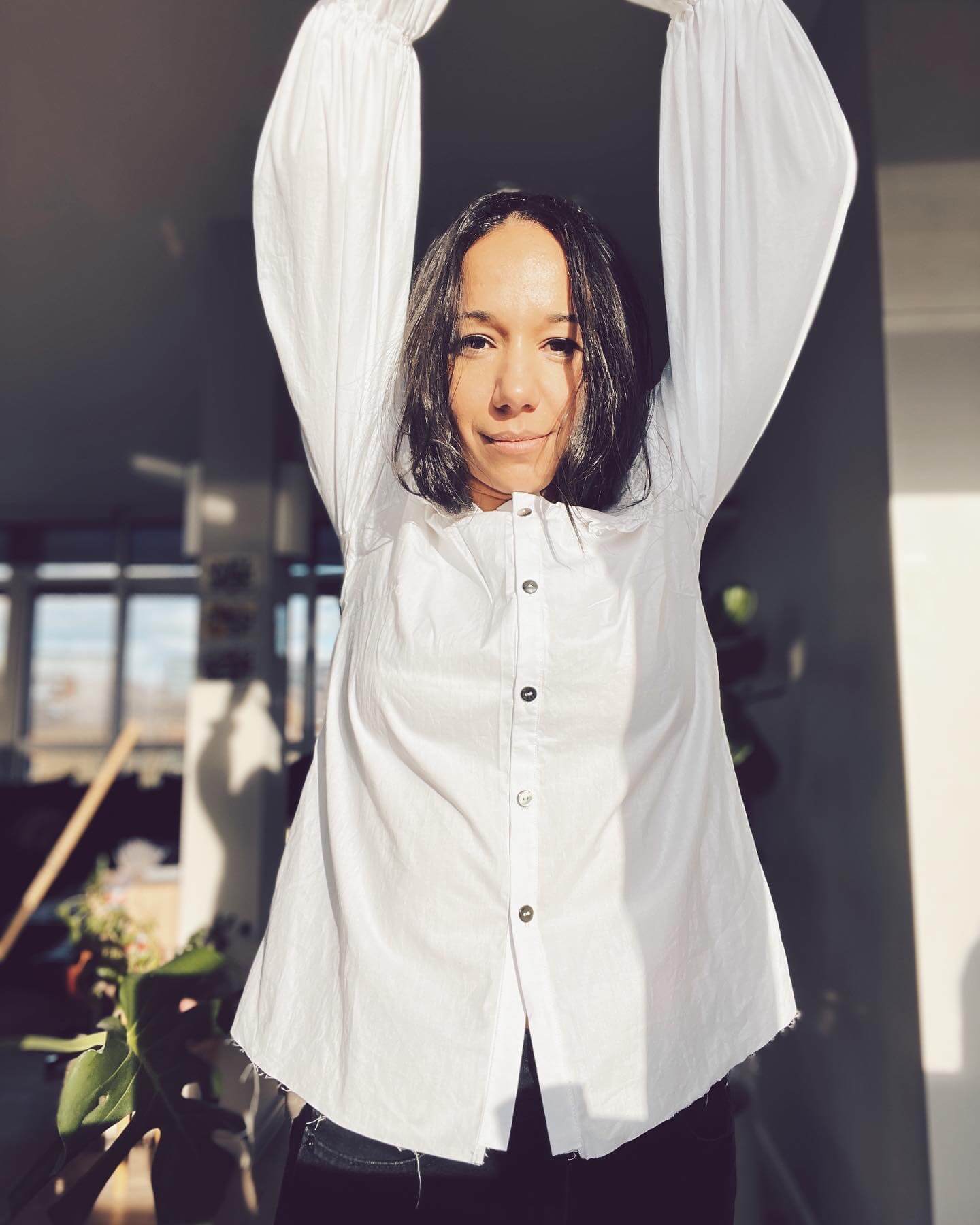
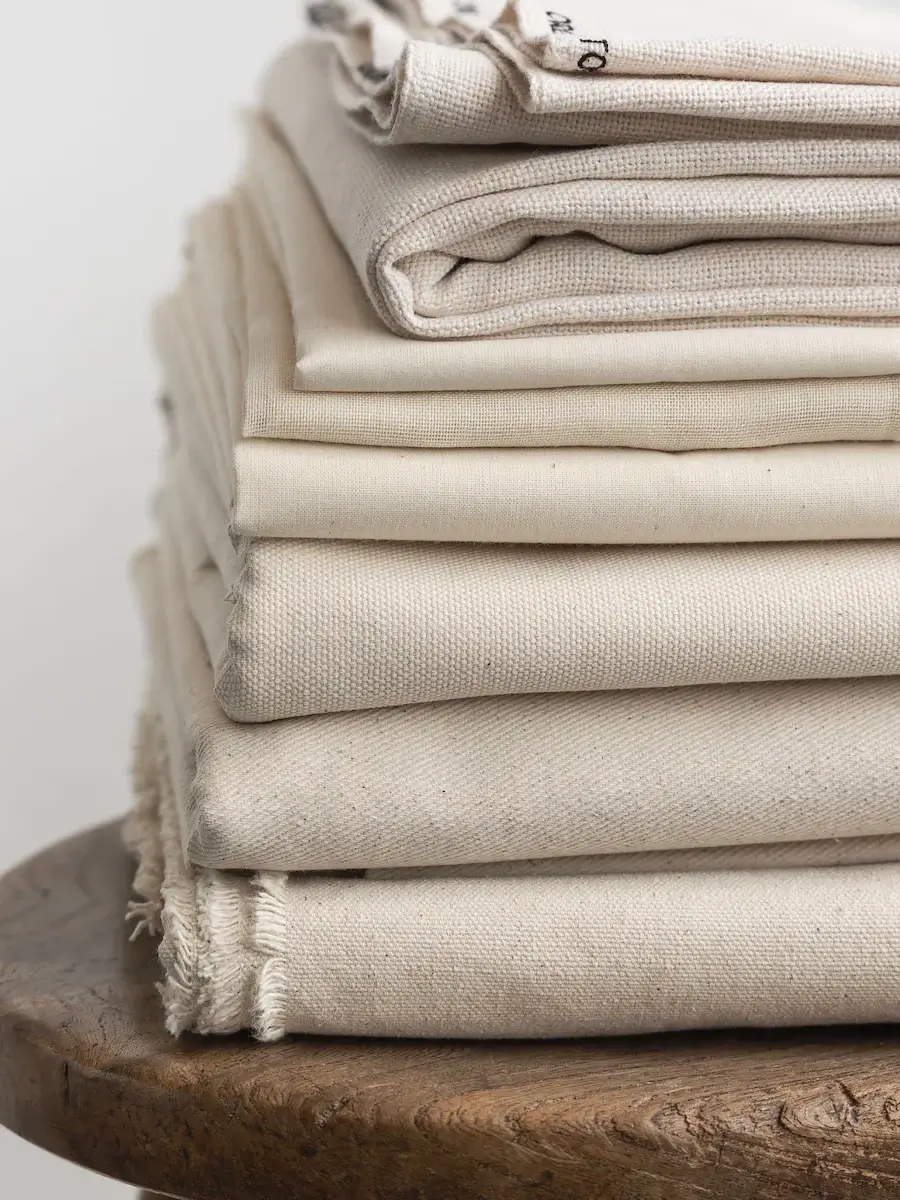
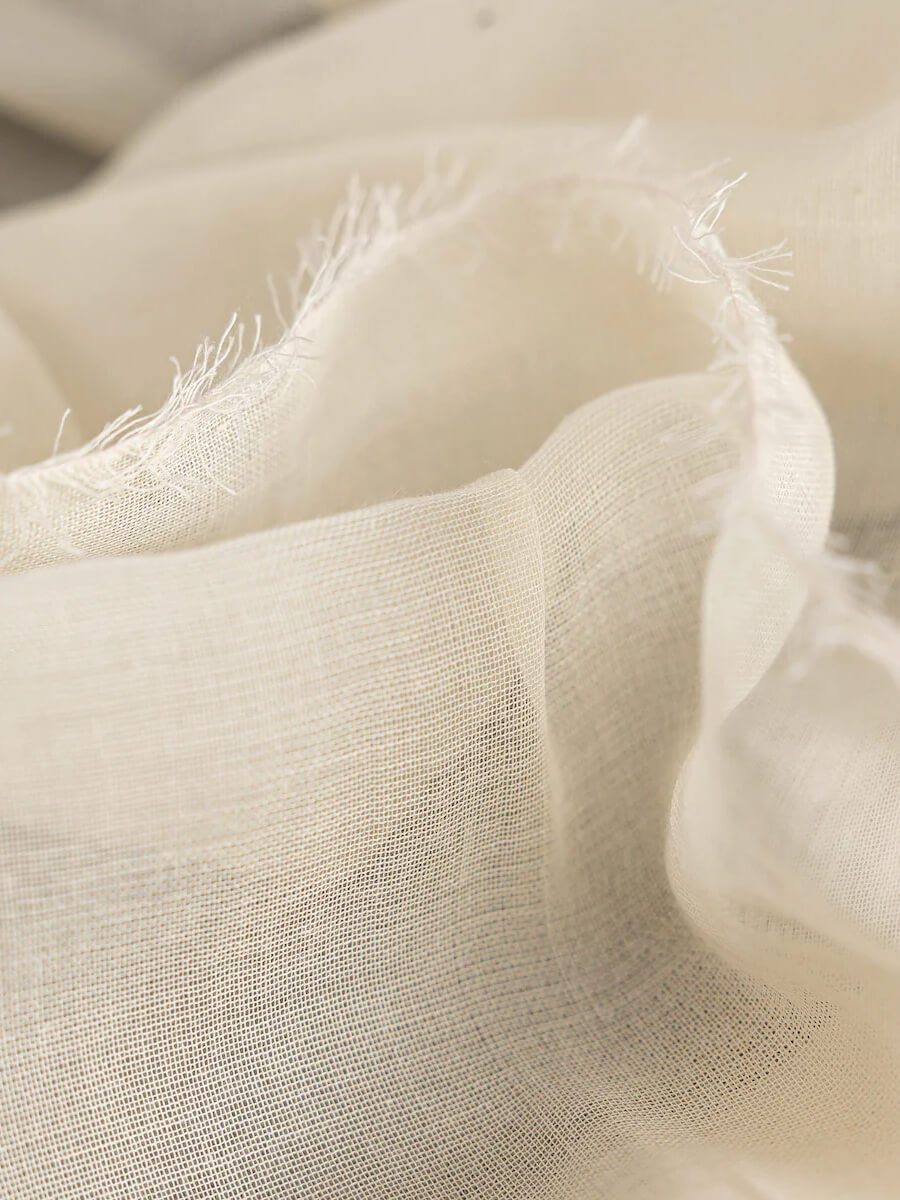
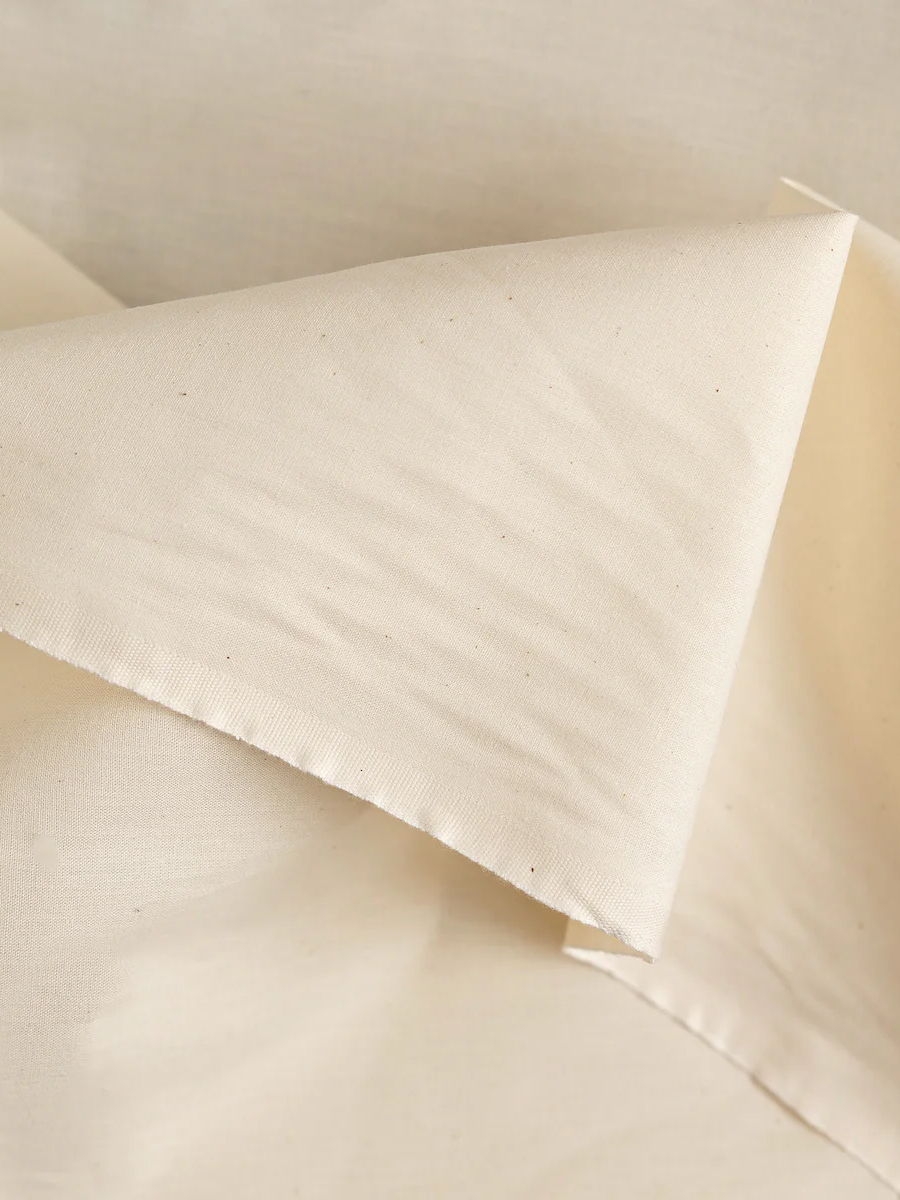

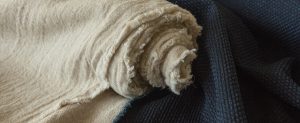



























10 Comments
fiber fashion
The excellence of your blog post lies in its comprehensive and insightful presentation of the topic especially this blogin defence of the toile three reasons its worth the extra step however if someone looking for fashion related information should visit https://americasuits.com/blog/5-stylish-outfits-worn-by-dawn-staley
Veronica Eguia
The cheap fabric I bought in my early sewing days has been invaluable for my toile making. I use a cheap fabric close to the hand of my good fabric and go from there. No fabric wasted. I don’t ever regret making a mock up. It shows me not only the fit and fashion I may want to adjust, but even the order of operations may change to reduce bulk or finish edges in a different way or even at the beginning instead of trying to fit tiny areas through my serger.. On a completely aside note, hand basting is a life saver. Everything is already pinned up and it takes only a few more minutes for a guaranteed good seam. No shifts or squiggles. Especially handy with beautiful wonderful linens that are a bit shifty. I live in a hot climate so I sew a lot with chiffons and crepes and other floaty pain in the neck fabrics, hand basting has eliminated all headaches associated with those fabrics. I don’t start right at the beginning of the seam so it doesn’t go down the hole and then I’ll flip it and sew off the edge to help lock everything in and not ruin my fabric with a bunch of scrunched seams.
Lisa Bentz
I’ve just begun sewing clothes again after a long hiatus (and many months of lost sew-jo) and the first thing I did was make a top from a nice light cotton that I rescued from some very nice lined custom-made curtains. Who knew such nice cotton was used to back curtains? The old body has changed a bit and my mannequin wasn’t quite “me” anymore. I needed to re-learn how to fit my clothes. The good thing was the fabric is nice enough to wear as casual summer tops, camisoles, summer slips, etc. (My local thrift shop and the occasional estate sale can be a treasure trove for finding good fabric, thread, tools, etc.)
Stacey Fackler
Not to be creepy, lol, but I saw your comment on the post about making pants just after I read this article, so I jumped back to say–making a toile is a really really good idea for pants! And I read a great post on a blog the other day about making and fitting pants, and the tip that really stuck out to me was: draw a straight line from the wist down the front and back of each leg on the toile. That way you can see more clearly if the fabric pulls too much to one side or another, etc., rather than trying to “feel” the problem.
Good luck!
Tana Thurgaland
It’s been about two years that I’ve gotten back my sew-Jo by watching so many wonderful videos. I sewed everything from children’s clothes to slipcovers during the ‘70’s, and nobody ever told me I could move darts and needed to make toiles. Shouldn’t I have learned that in home economics sewing?? I don’t need a lot of clothes anymore, but I still enjoy trying new patterns, changing details and even up-cycling for the sheer enjoyment of it! Long live the sewists!
Patricia Mcdonald
The first dress I ever made, at age 7, was made from a bedsheet! Apparently it was made well enough for me to be allowed to wear it to school! Beginner’s luck, I
guess!! ? Now, at 72, I am an accomplished pattern-maker and there are sometimes a couple of tries before it’s right. One thing to bear in mind is that the toile fabric must have similar properties as to weight, drape, etc. I mostly make bags, but some clothing. I do appreciate the idea of a prototype and am working on one right now for a blouse. Great article!
marybeth chapman
yes the toile fabric MUST have similar properties to the fabric you will be using! I finally learned that. Marybeth Chapman
Stacey F.
I’m currently making a sundress for myself from a set of sheets! Just a lovely plain white cotton–I use the top of them (the band part) for the hem. I often use old sheets, thrifted sheets, or sale sheets to make toiles and/or casual clothing. The only real issue I’ve ever had is that inexpensive microfiber sheets (specifically microfiber, from several large chain stores, like that start with T and W) are awful for that purpose, sadly. Hard to cut, hard to sew, fray like crazy…just not good to work with. At least in my experience.
Next I’m going to experiment with making an empire-waist dress using the corner of a fitted sheet–like a sheet that has the elastic around the edge, but also the shorter elastic band that goes around the edge of the mattress. If you take the “main” elastic out, the fabric–for me–is just the right size to cover the bust, with that shorter elastic band right beneath. The tricky part is cutting the corner so you don’t have a weird “gather” in the middle of your stomach. But I think I can figure it out.
Yay for sheet clothes! Lol.
Linda Hamilton
Great article! I finally broke down a couple years ago and started making the toiles first and it has made such a difference. I had been trying to use measurements to make the adjustments and it didn’t always work quite right. When I was much younger and thinner (50 years ago), it wasn’t quite the issue that it is today.
I just wish you had mentioned which pattern you used for that shirt you are wearing. I love the look of the sleeves and wondered if the pattern came that way or if you made your adjustments on the toile to get the look you wanted.
Dawn Williams
Good article! I’ve been sewing more clothes for the past couple years and the more I sew and learn techniques, the more I realize making a toile is worth the time. Your observation that we new sewists sew with cheap fabric and then don’t like the finished product is spot on. Ever since I found Fabrics linens, my sewing and my creations are beautiful and wearable. I need to get myself some more bedsheets, in white or beige, because the yellow ones I’ve been using mess with the look….too yellow! I’ve tried buying Muslim, but it’s too expensive. Bedsheets from the thrift store work great and are cheap! I also like your idea to go try on couture clothes….ive never thought of that, but I’m going to see if I can make myself fancy enough to go into a shop and check out the fit and the sewing of the garments. Thanks for a great article!